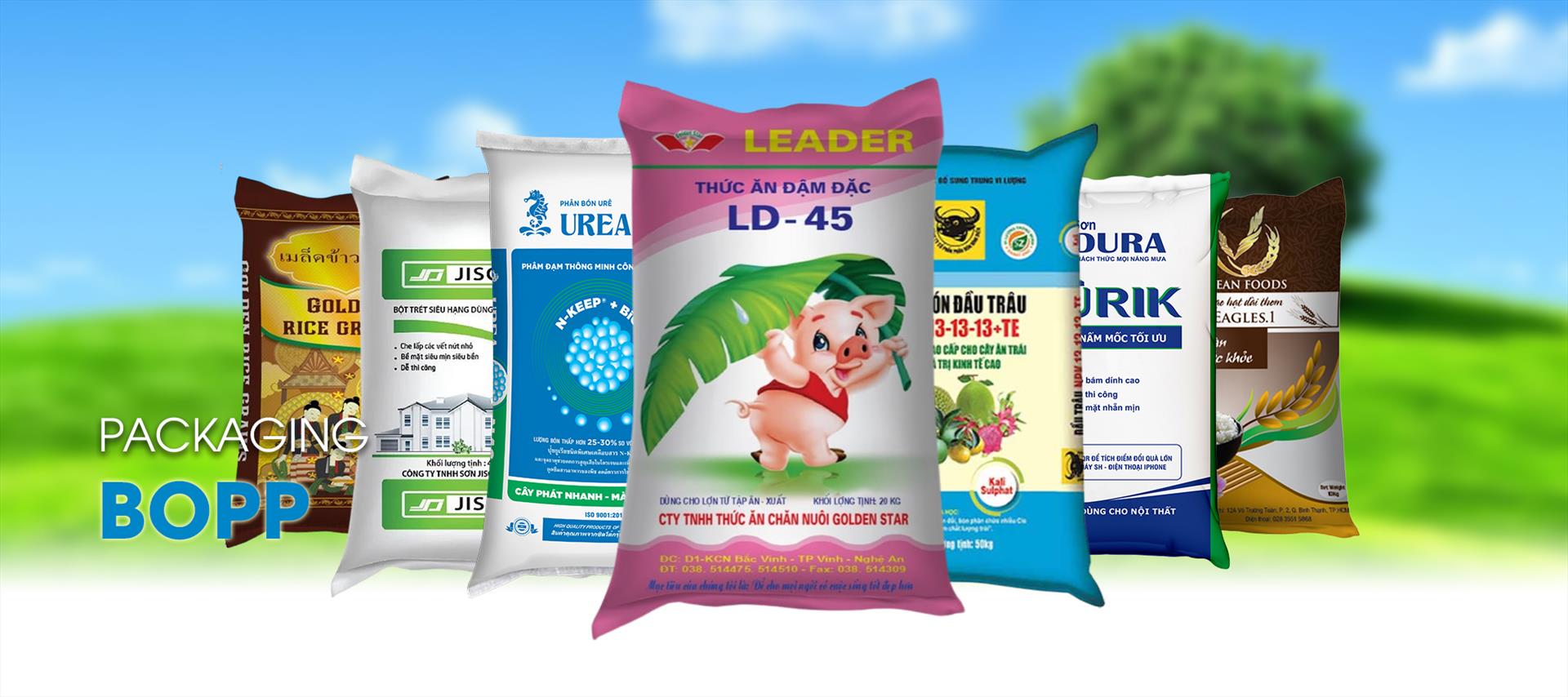We all share the responsibility of protecting our planet, and we must collaborate to recycle materials and operate in the most environmentally friendly manner possible. This is our goal, and we aim to spread this understanding to help you learn more about PP plastic.
What is PP Plastic?
PP plastic, or Polypropylene, is a type of polymer widely used in various industries. It is one of the most popular plastics due to its numerous superior properties and diverse applications.
Properties of PP Plastic
PP plastic is known for its high mechanical strength, excellent heat resistance, water resistance, and chemical resistance. It is also lightweight and easy to process and shape, making it an ideal choice for various applications.
Advantages of PP Plastic
- High durability: PP plastic boasts excellent mechanical strength and impact resistance.
- Heat resistance: PP plastic can withstand high temperatures without deforming.
- Chemical resistance: PP plastic is resistant to many chemicals, including acids and bases.
- Lightweight: Being lightweight, PP plastic is easy to transport and install.
- Recyclable: PP plastic can be recycled, contributing to environmental sustainability.
Disadvantages of PP Plastic
- Poor UV resistance: PP plastic does not withstand prolonged exposure to direct sunlight well.
- Flammable: PP plastic is highly flammable and needs careful handling.
- Difficult to paint: The surface of PP plastic is challenging to paint without special treatment.
Applications of PP Plastic
PP plastic is widely used in many fields:
- Packaging: PP plastic is commonly used to produce food packaging, medical packaging, and other packaging products.
- Textiles: PP fibers are used to make carpets, sacks, and other textile products.
- Automotive: PP plastic is used in the production of automotive parts such as mudguards, dashboards, and seats.
- Household items: PP plastic is frequently used to manufacture household items like food containers, water bottles, and children’s toys.
- Medical: PP plastic is used to produce medical devices such as syringes, medicine bottles, and other medical equipment.
PP plastic is a material with many superior properties; however, it must be used and handled correctly to ensure safety and sustainability for the environment. We hope this information helps you understand PP plastic better and contributes to protecting our planet.



